
Due to Those Batteries, Tesla Car Fires Require Outlandish Volumes of Water to Extinguish
All types of electric vehicles pose problems for firefighters when they crash and their lithium ion batteries go ablaze, but Teslas have routinely required more than 20,000 gallons of water. That does not bode well for wildfire season!
Above we see the very first ever reported electric vehicle battery fire, an image taken in Orange County on August 25, 2017. A Tesla driver (of course) was doing 70 MPH on a Lake Forest, CA residential street, lost control, careened into a garage and hit a BMW parked within. Both vehicles caught fire, as did the house, but firefighters put out most of the blazes within 20 minutes — except the Tesla. The Tesla burned for another three hours, ultimately requiring 20,000 gallons of water to put out.
“But that was 2017!,” a reasonable person would say. “Surely Tesla hardware has improved since.” Not from the looks of it. The infamous mid-April sort-of Autopilot Tesla crash in Texas caused a battery fire that took 28,000 gallons of water to extinguish, the same amount of water that Woodlands Township Fire Department “normally uses in a month,” and “That same volume of water serves an average American home for nearly two years.” Those are the words from the assessment of an NBC News report on the insane difficulties of extinguishing electric vehicle battery fires, whose lithium ion batteries can burn, Energizer Bunny style, for hours and hours.
Have a look at the Tesla Model S Emergency Response Guide, which says to “use large amounts of water,” along the lines of “3,000-8,000 gallons,” and to “monitor HV [high voltage] battery temperature for at least 24 hours” after the vehicle catches fire. I’m no firefighter, but that seems... unsustainable for just one car accident?

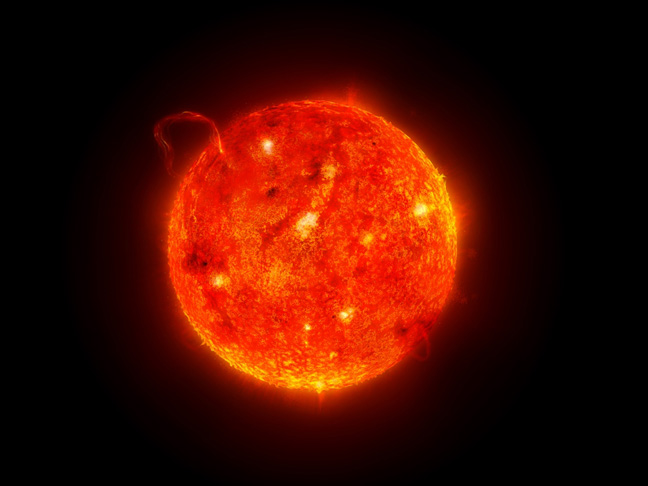

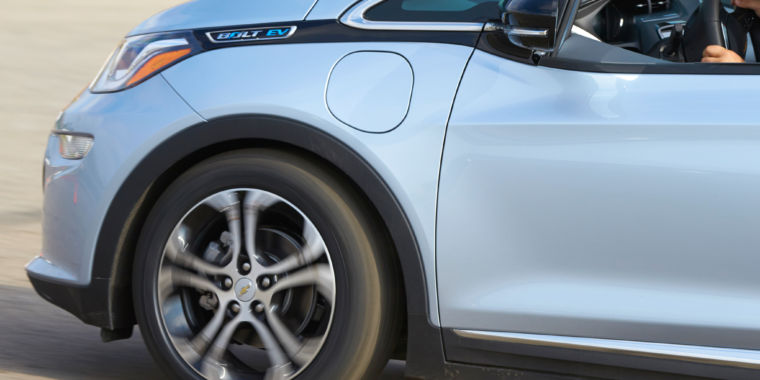


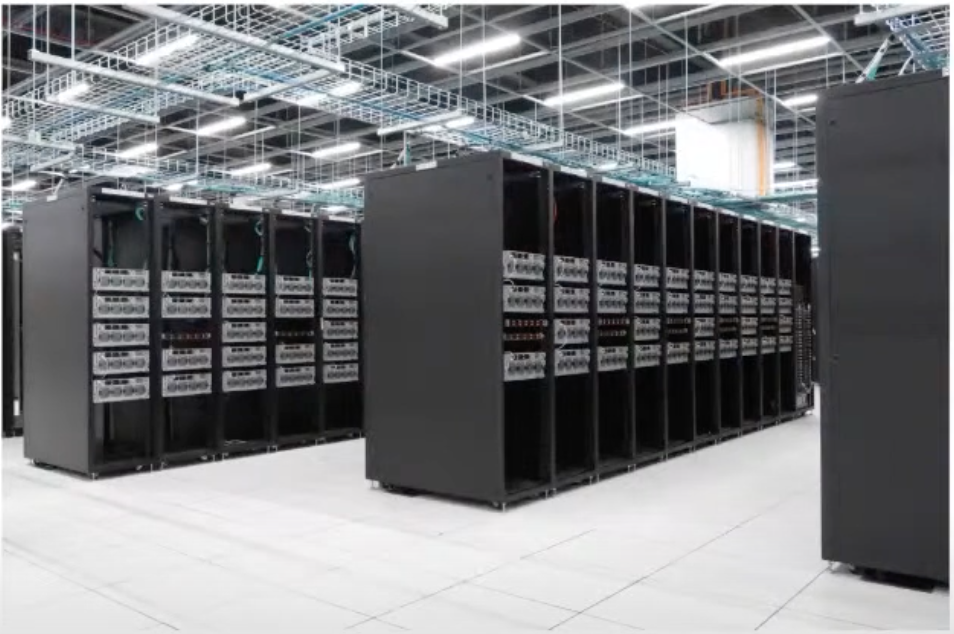

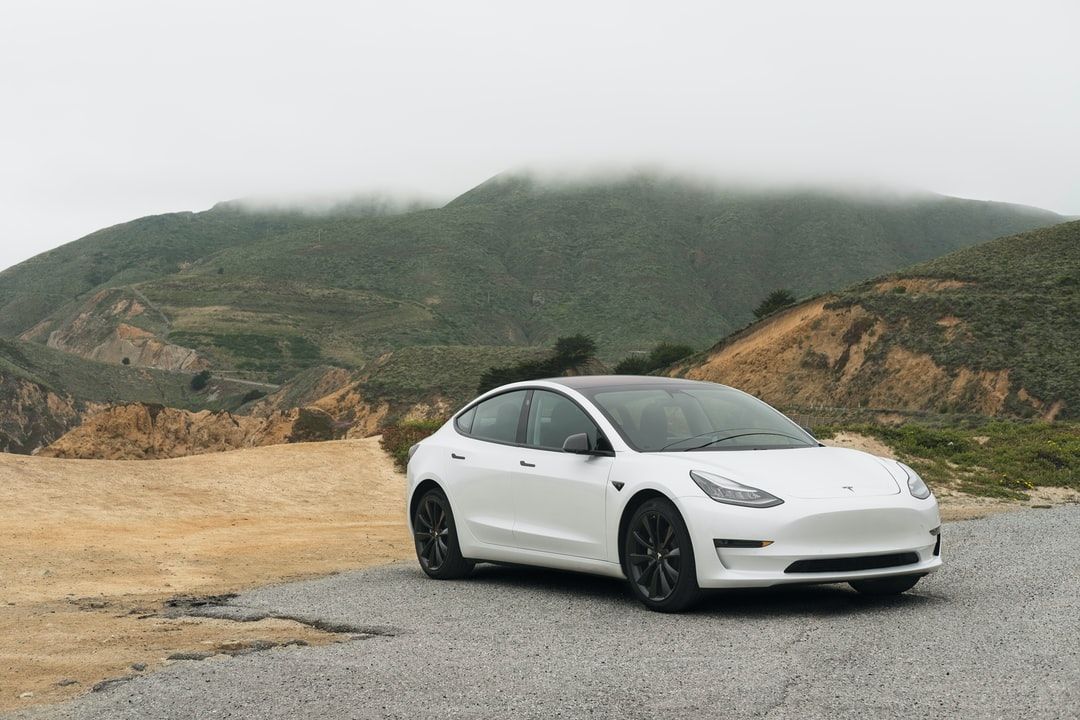
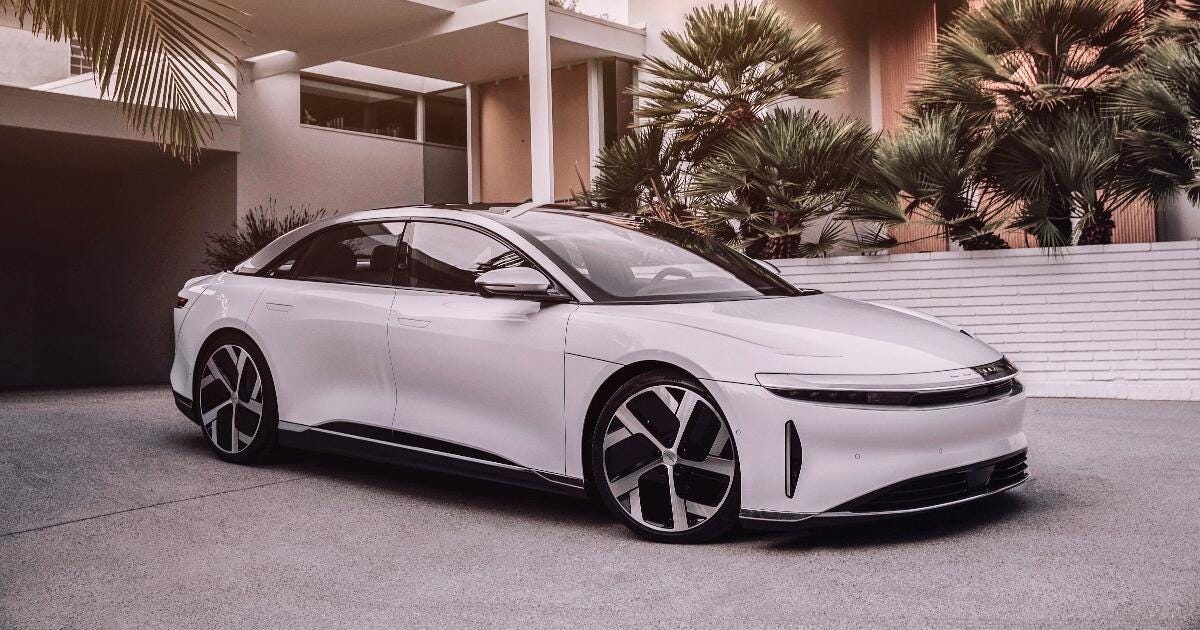

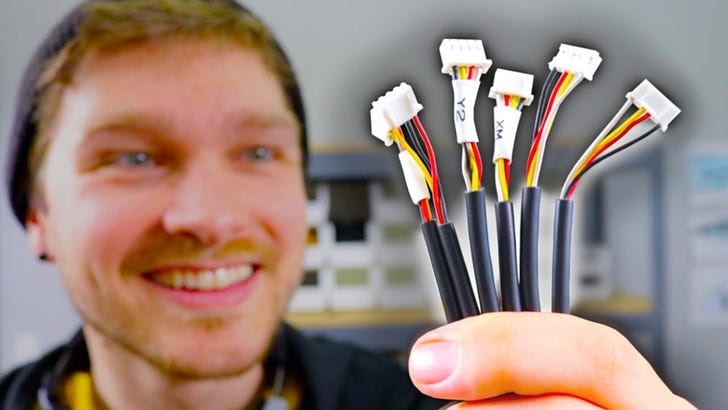





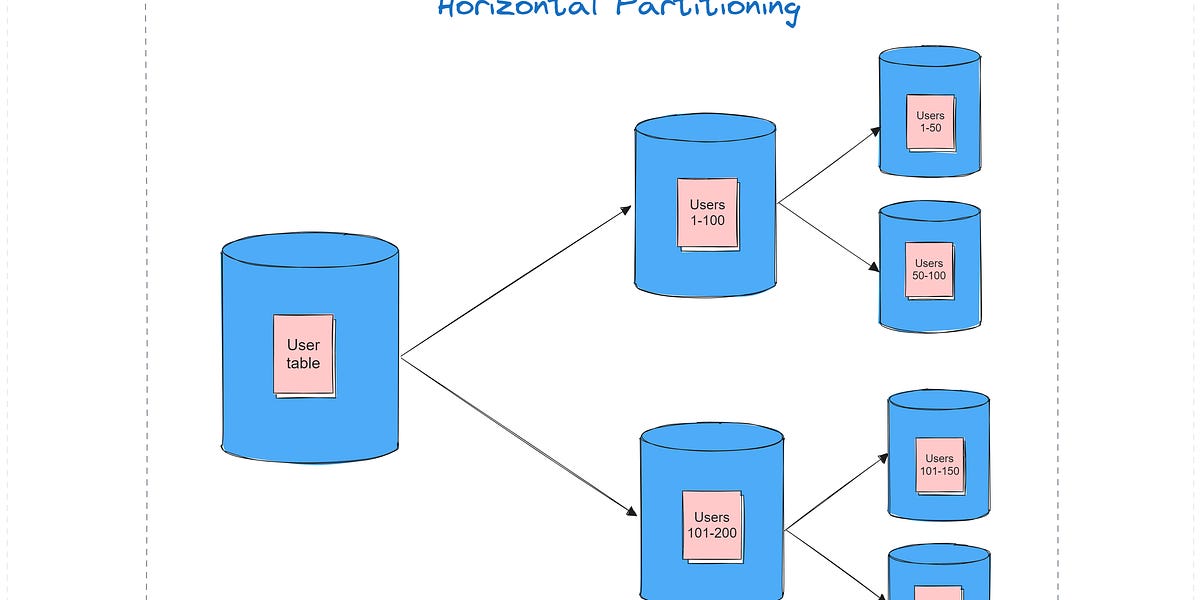

/cdn.vox-cdn.com/uploads/chorus_asset/file/25417952/transformers_megatron.jpg)




